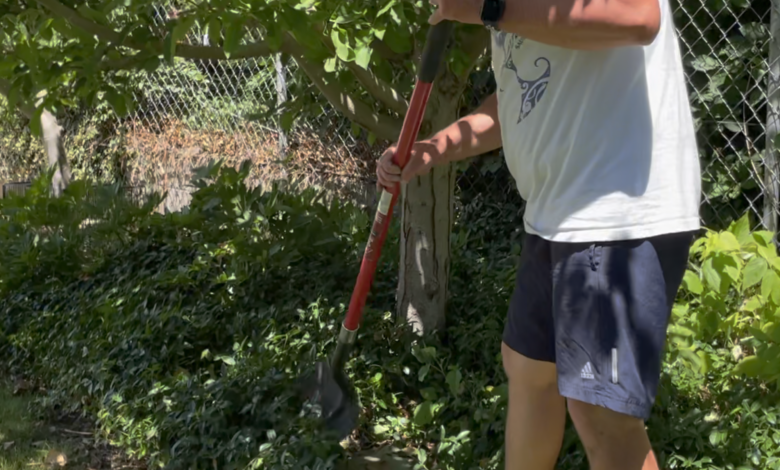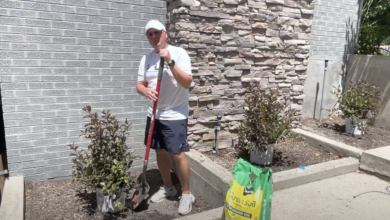Expert guide! How to Successfully Transplant Myrtle

If you’re looking for a quick and easy way to add some greenery to your garden, transplanting myrtle is a great option. Not only is it easy to grow and care for, but it also has beautiful leaves and flowers that add a touch of elegance to any outdoor space. Myrtle is evergreen and stays green year round even in cold climates and will weather through snow and freezing temperatures.
In this post, we’ll go over everything you need to know about successfully transplanting myrtle for instant greenery. From choosing the right location to preparing the soil and caring for your new plants, we’ve got you covered.
Step 1: Choose the Right Location
The first step to successfully transplanting myrtle is choosing the right location. Myrtle prefers a spot with partial shade and well-draining soil. It’s also important to choose an area that is sheltered from strong winds, as myrtle can be prone to damage from wind. Myrtle is great option against a fence, along the side of the house, or under a tree.
Step 2: Prepare the Soil
Once you’ve found the perfect spot for your myrtle, it’s time to prepare the soil. Myrtle prefers soil that is rich in organic matter and has a slightly acidic pH. IDeally, before you plant, mix in some compost or well-rotted manure to improve the soil’s nutrient content. That said, myrtle is hearty and will take root and spread in most types of soil with some consistent water.
Step 3: Transplant Your Myrtle
Now that your soil is ready, it’s time to transplant your myrtle. Start by digging a hole that is slightly larger than the root ball of your plant. Carefully remove the myrtle from its current location, being sure to keep as much of the root system intact as possible.
Place the myrtle in the hole and backfill with soil, gently tamping down to remove any air pockets. Water the plant thoroughly after transplanting to help it settle in and establish new roots.
Step 4: Care for Your New Plants
Once your myrtle is in the ground, it’s important to care for it properly to ensure healthy growth. Water your plants regularly, especially during hot, dry weather. Myrtle also benefits from occasional applications of a balanced fertilizer. Transplanting myrtle will yield the best results if done in spring and fall when cooler weather prevails. It will take less water and care to get it established.
Pruning is also important for keeping myrtle healthy and attractive. Prune in the late winter or early spring to remove any dead or damaged branches and promote new growth. Pruning also removes extra growth that can get tangled.
In Conclusion
Transplanting myrtle is a great way to add instant greenery to your garden. By following these simple steps, you can ensure that your new plants will thrive and provide you with years of beauty and enjoyment. Remember to choose the right location, prepare the soil, transplant carefully, and care for your plants properly for the best results.




